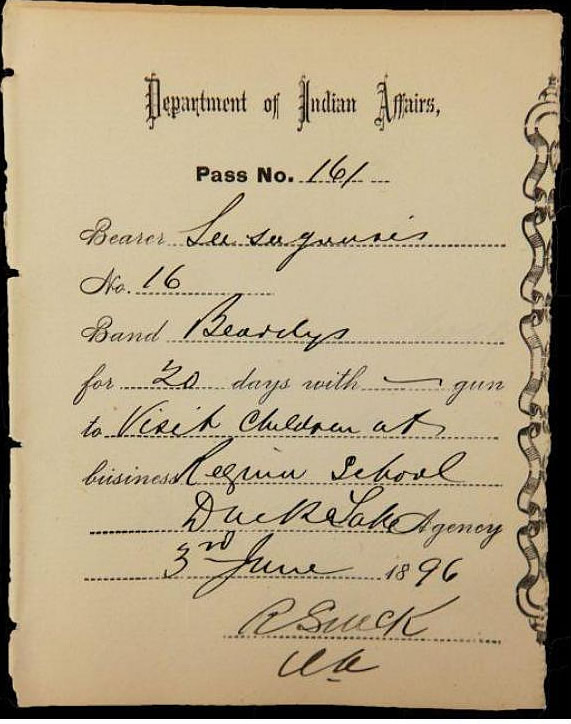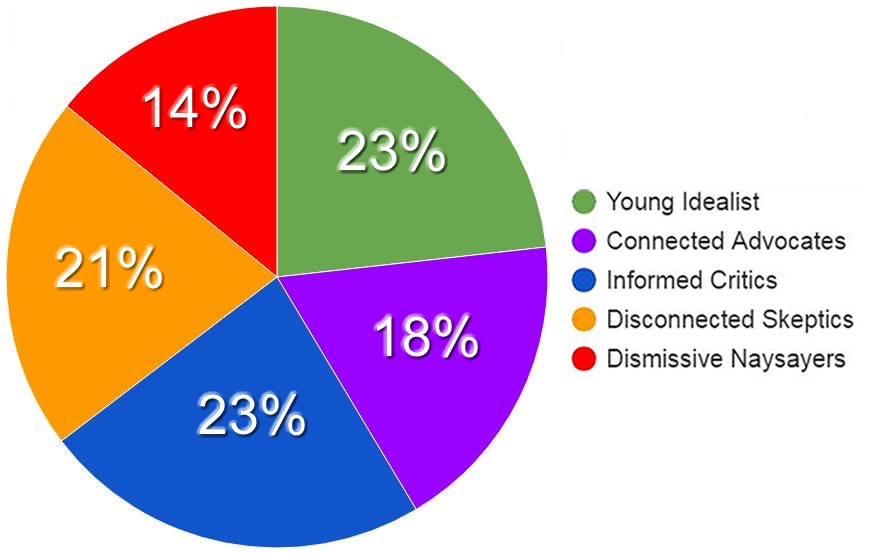New Canadians and Indigenous Peoples
What is the balance between promoting multiculturalism and nationalism (e.g., pride in being Canadian) with the parallel acknowledgement of the oppression of First Nations, the diminishing of their unique and special status under rubric of “multiculturalism.”?How do we reconcile our vision of Canada – as progressive, safe, etc. while many of our Indigenous communities are struggling with poverty, lack of access to clean water, displacement due to development and a legacy of colonization (ie: over-represented in the child welfare and justice systems)? Use the controls on the grey bar below to access more viewing options and the download button. [pdf-embedder…


